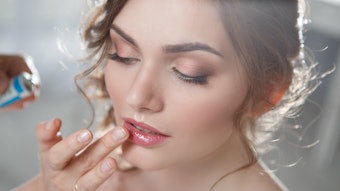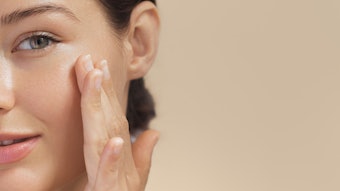
In the second quarter of 2014, sales of United States prestige beauty products were $2.5 billion, a 5% increase from Q2 2013, with sales growth across each of the three primary categories.
“The robust performance of prestige beauty in the second quarter is quite encouraging! Primary prestige segments continue to be market drivers, but the industry is realizing the opportunities and revenue that lie among smaller, more specialized segments,” said Karen Grant, vice president and global industry analyst, The NPD Group, Inc. “With the current momentum as a platform, we expect the next two quarters to be positive, leading to annual performance a bit softer but in line with the low to mid-single-digit growth trend of 2013.”
According to The NPD Group’s BeautyTrends, for Unitied States prestige beauty category sales performance (in dollar sales, April–June 2014 vs. April–June 2013), makeup Q2 2014 dollar sales were $1 billion, up 8%; skin care Q2 2014 dollar sales were $844 million, up 2%; and fragrance Q2 2014 dollar sales were $632 million, up 5%.
Face products were the growth drivers in makeup, accounting for nearly half of category sales and outpacing category growth slightly. Eye and lip makeup combined account for nearly 46% of the category dollar sales, almost as much as face makeup, and their combined growth was greater than their face counterparts. Nail was the only makeup segment with sales declines in Q2 2014.
Soft skin care sales did continue in Q2 2014; however, there are highlights within the face segment and sets/kits. As in makeup, face products were skin care’s growth drivers, representing more than a third of the sales and setting the pace of the category performance. Sets/kits represent just 10% of skin care dollar sales, but their 4% growth outpaced the category.
In fragrances, juices account for 65% of total prestige fragrance sales, and they continue to drive the category with 7% dollar growth compared to Q2 2013. Fragrance ancillary sales add to the prestige category growth with a 3% increase in dollar sales, though at just 6% of the market, it’s a subtle note. “Consumers are looking for something new and fresh with each season. Delivering on this demand while sustaining engagement with established products is the balancing act that will continue to prove its benefits for the prestige beauty industry,” added Grant.
This content is adapted from an article on www.gcimagazine.com.










